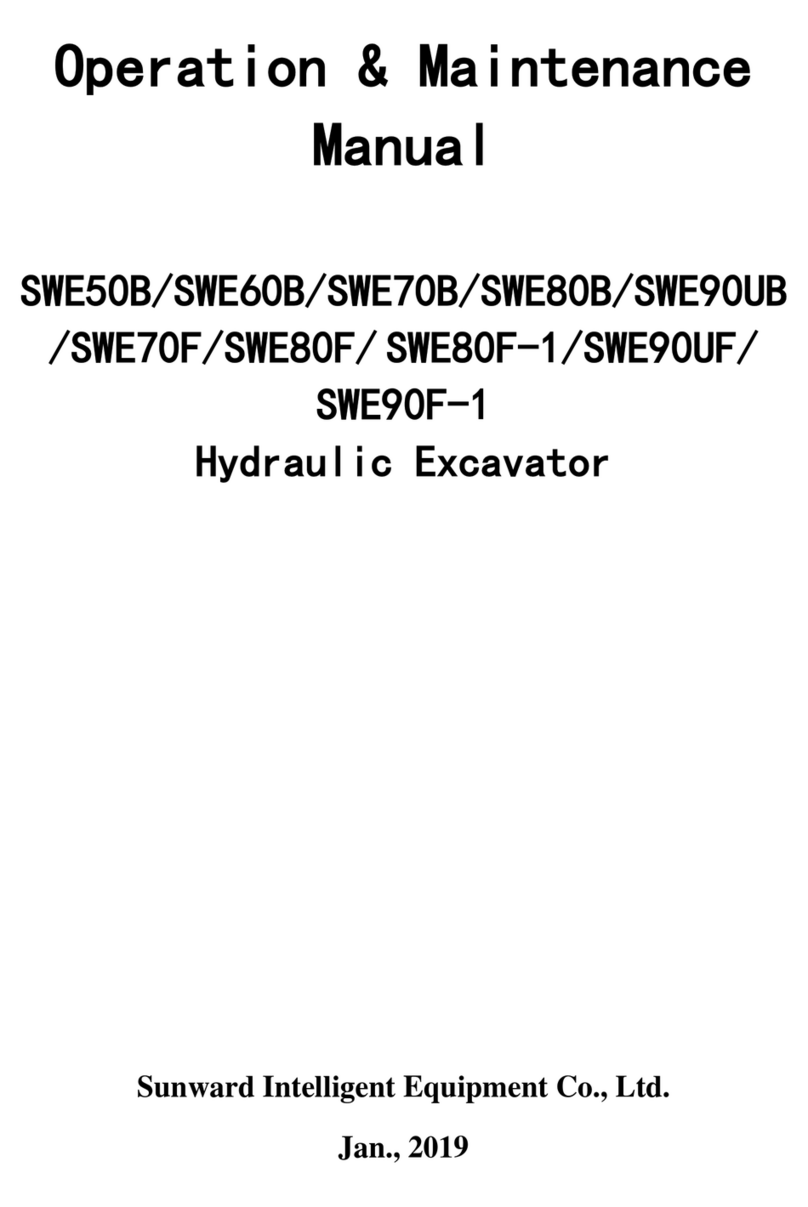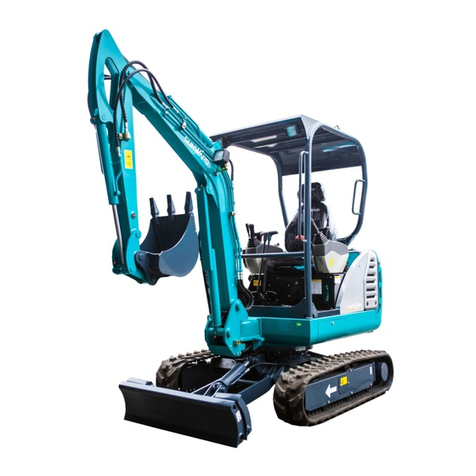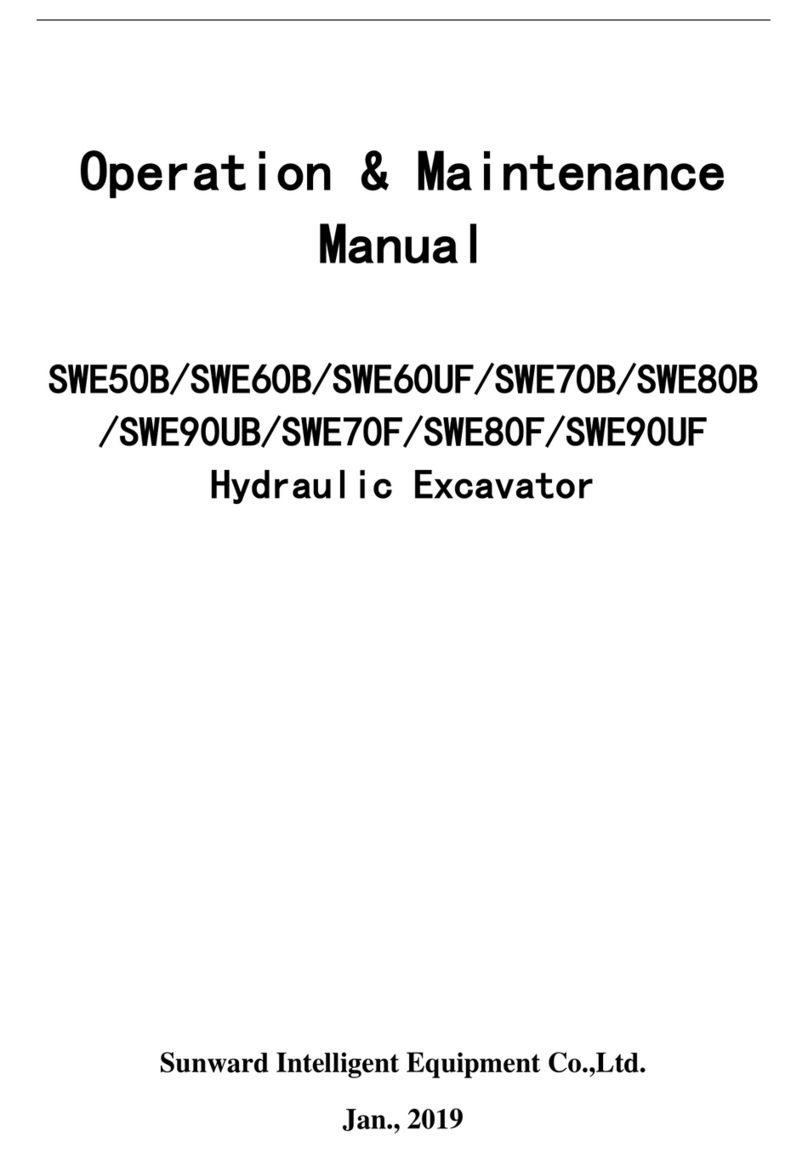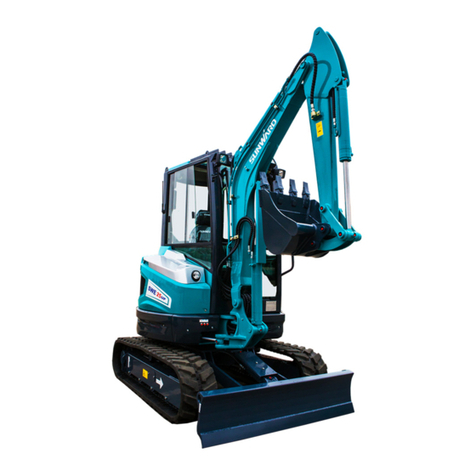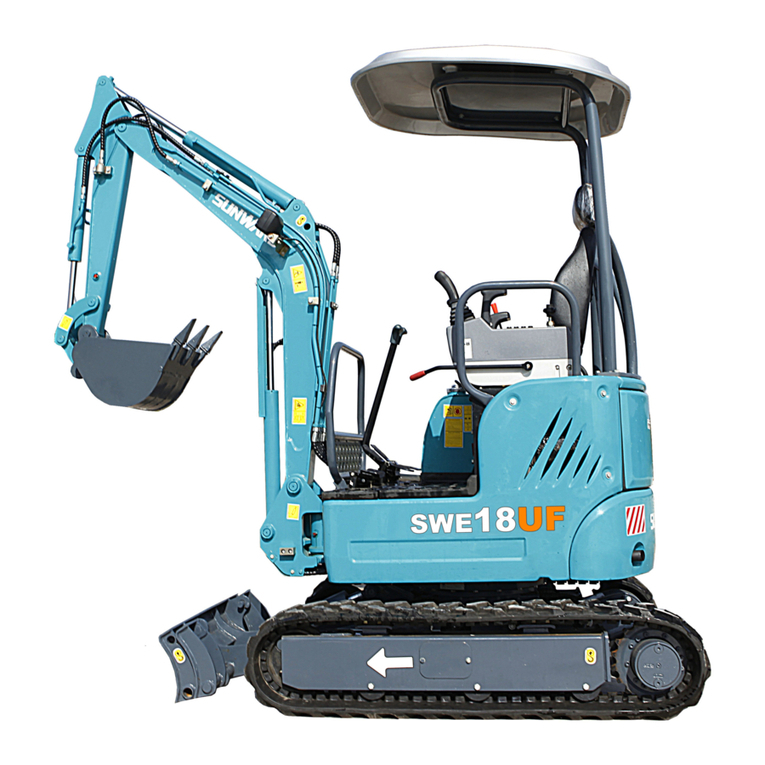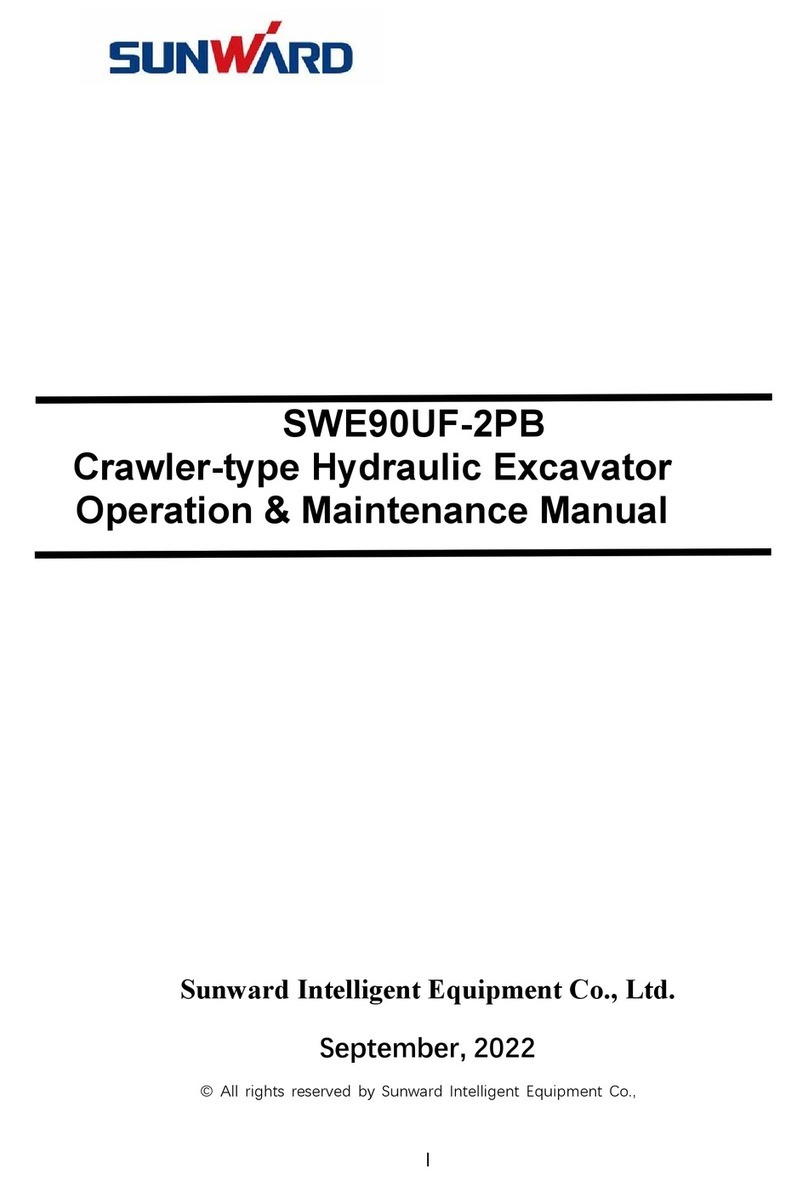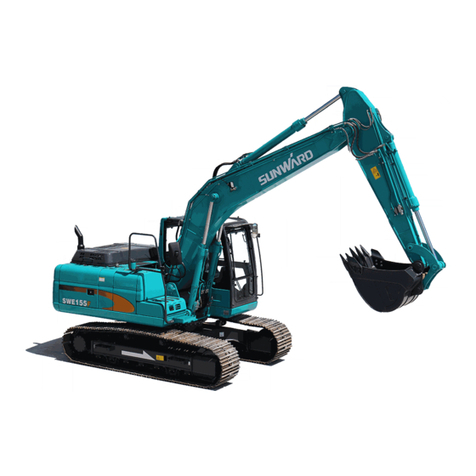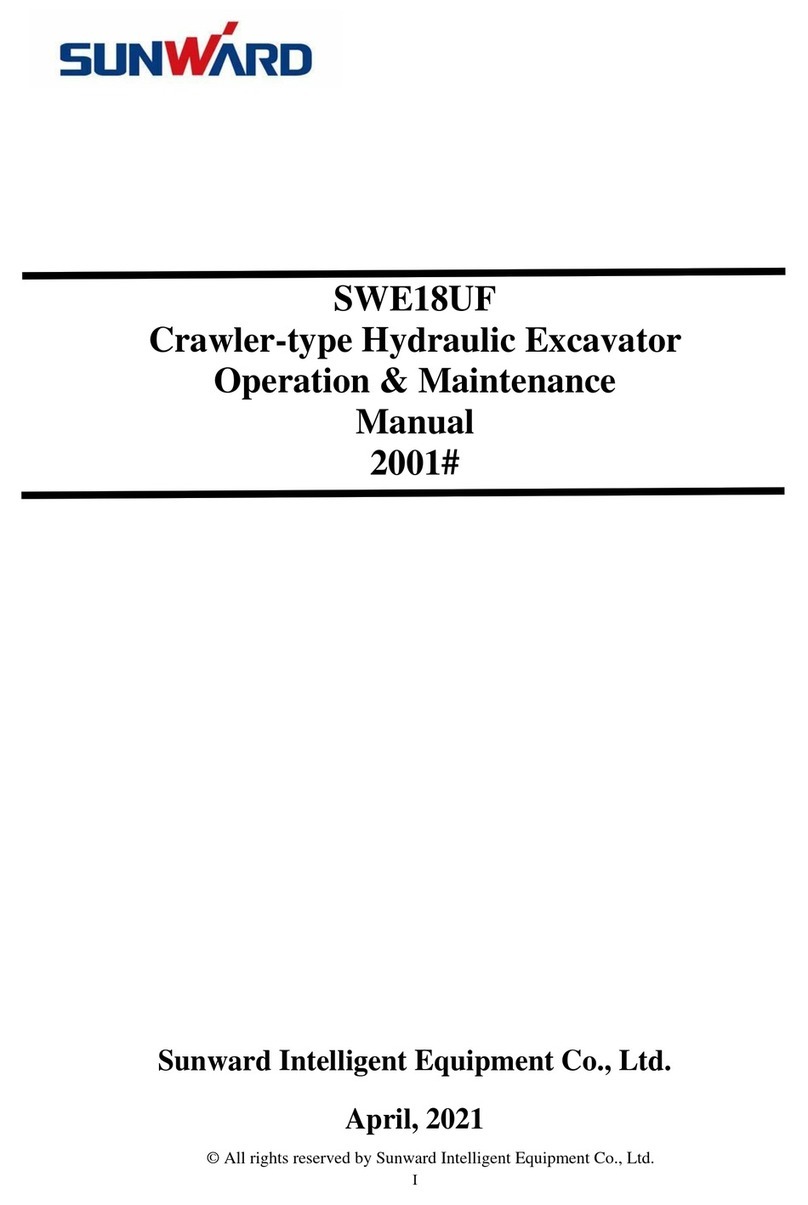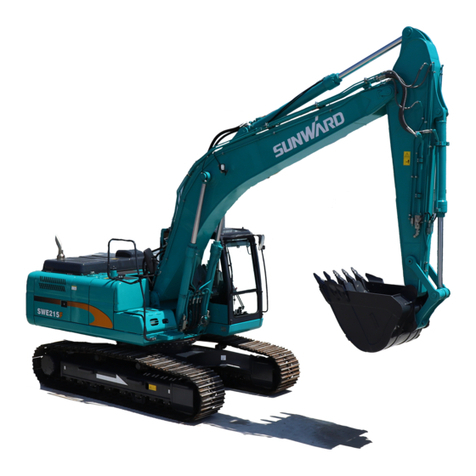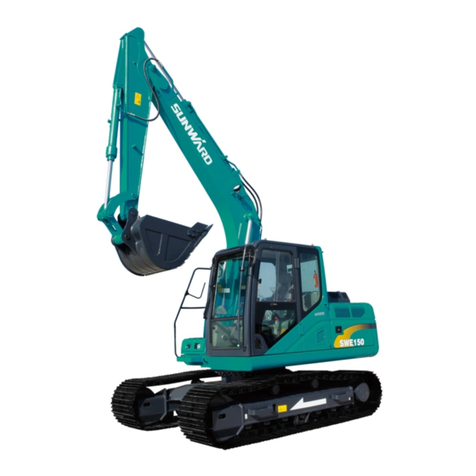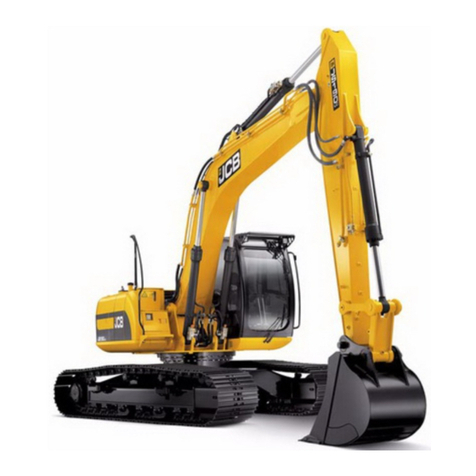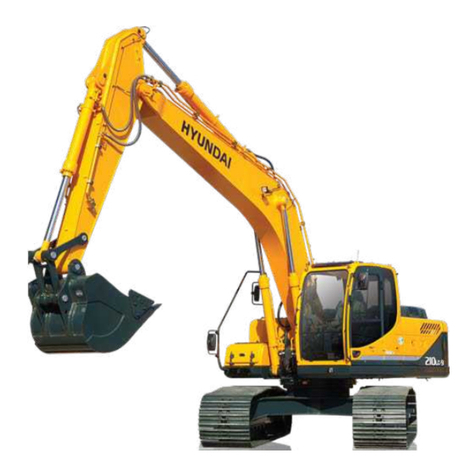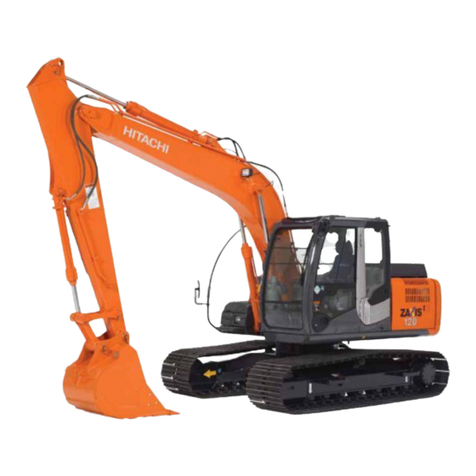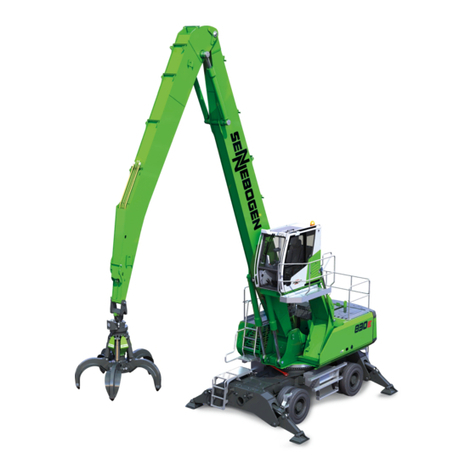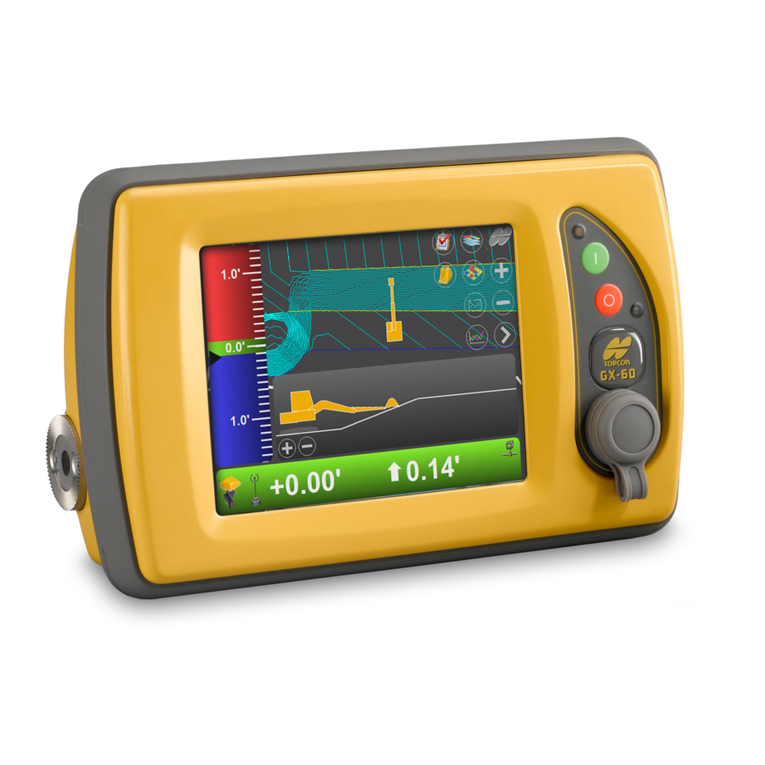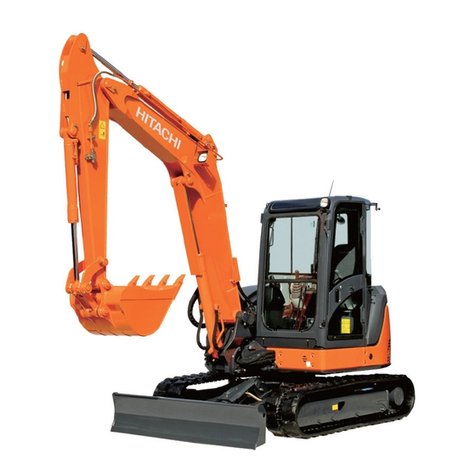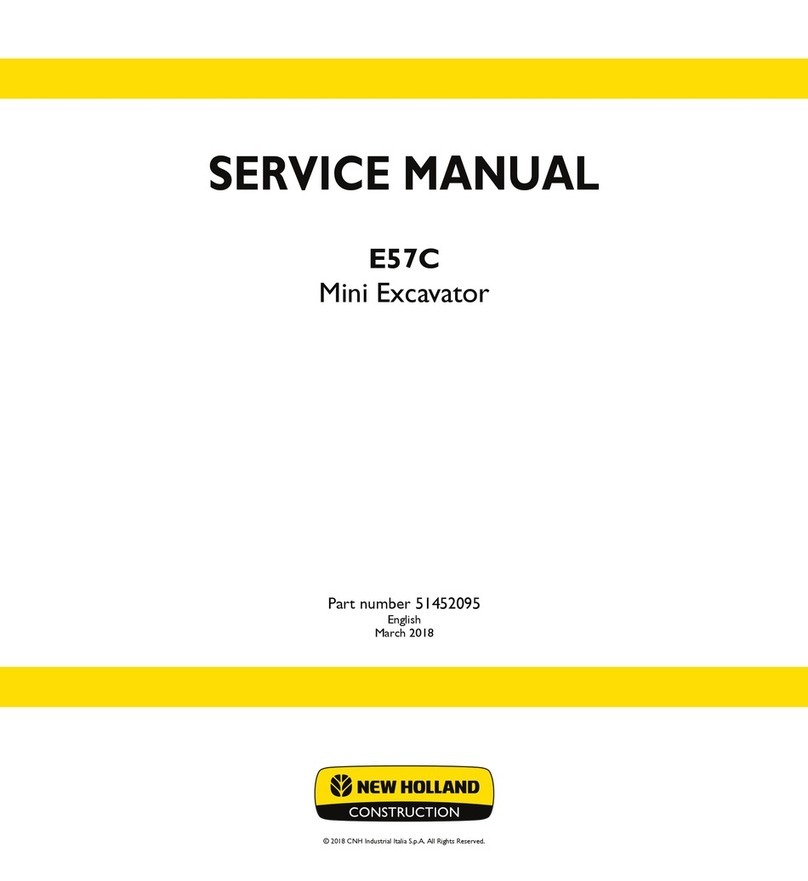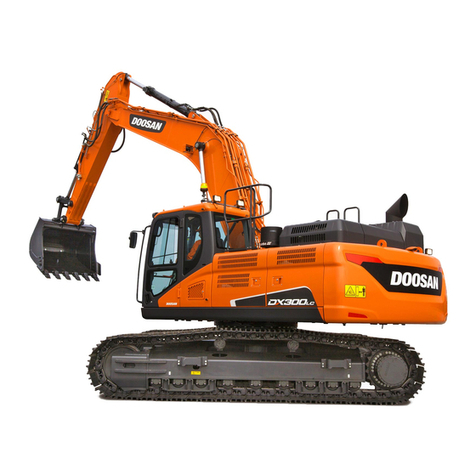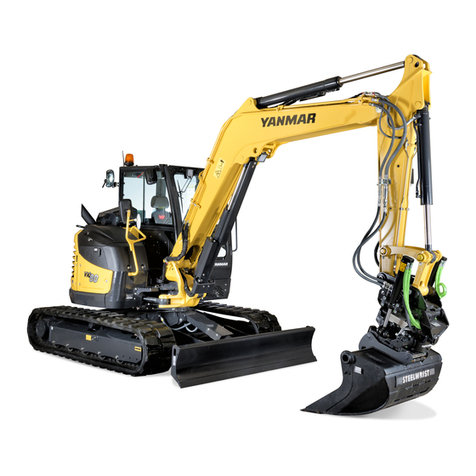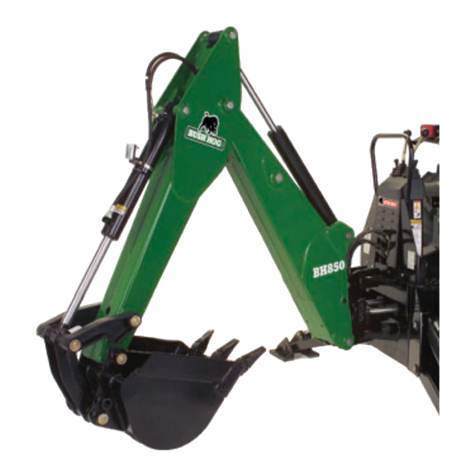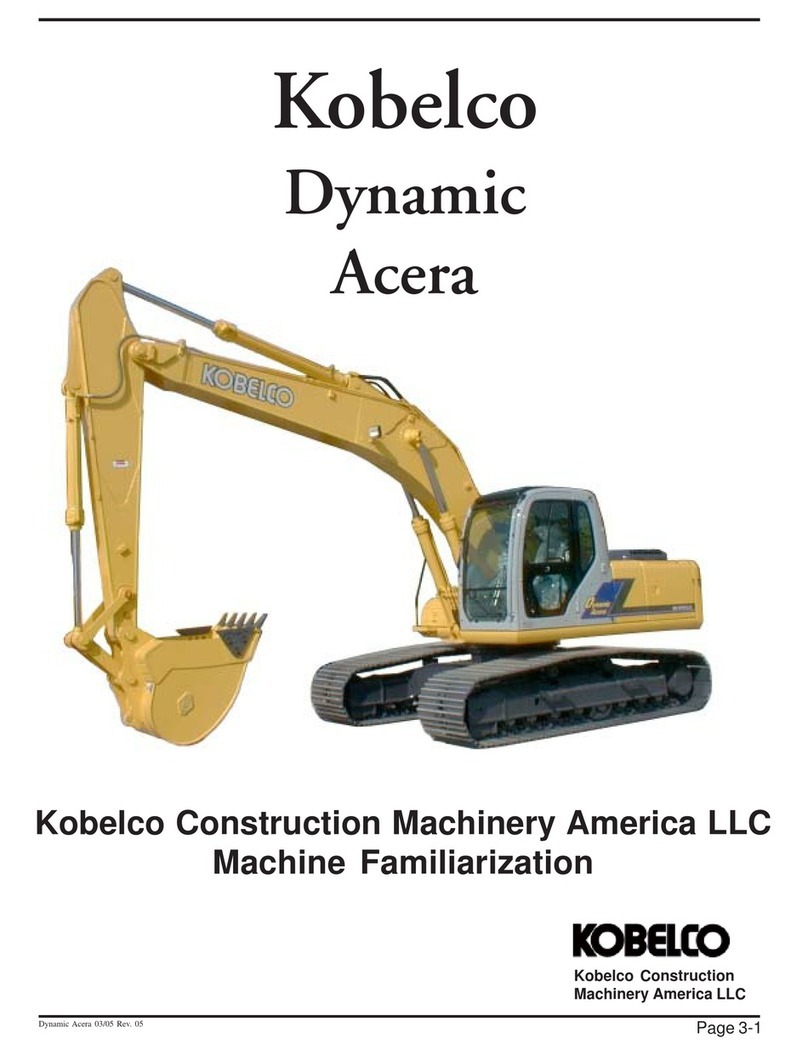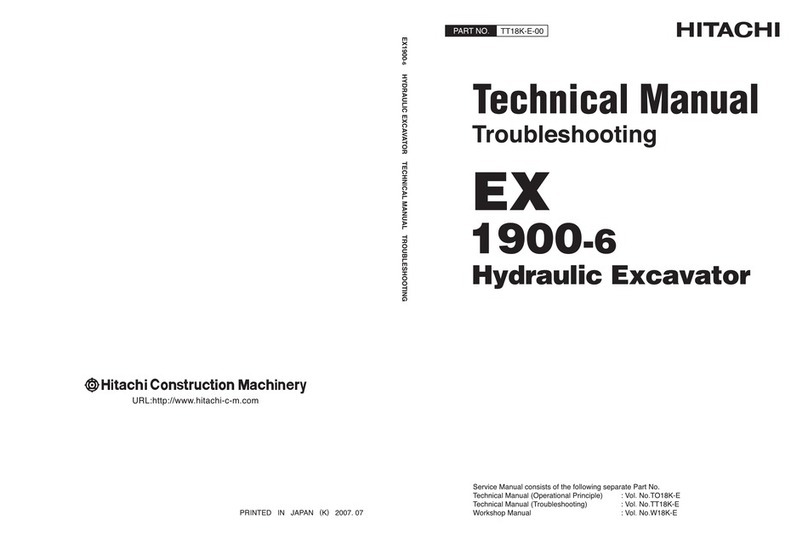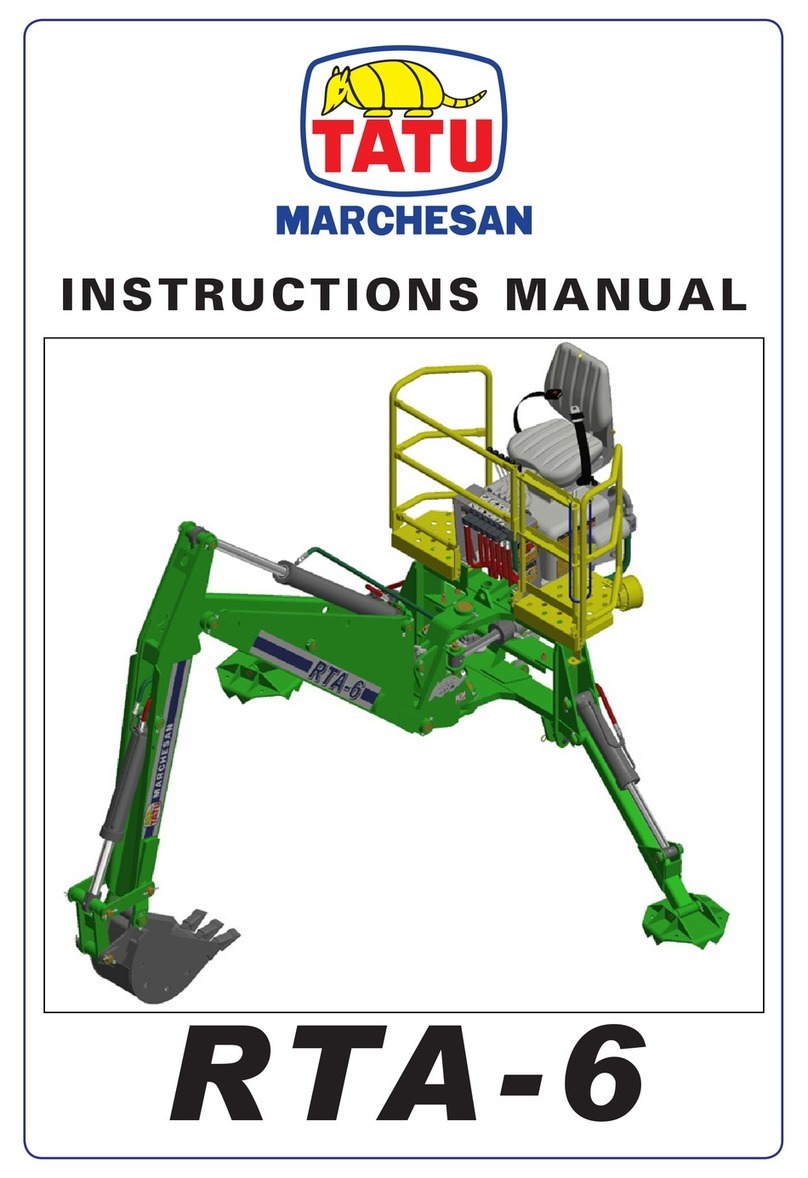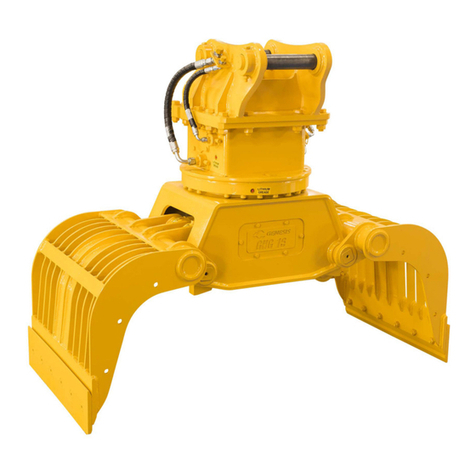
III
2.2 CABIN.................................................................................................................................18
2.3 MONITOR PANEL.............................................................................................................19
2.4 WANE CONTROL PANEL................................................................................................22
2.5 START-UP SWITCH..........................................................................................................22
2.6 HEATER..............................................................................................................................23
2.6.1 WORK THEORY .........................................................................................................23
2.6.2 INSTALLATION..........................................................................................................23
2.6.3 OPERATION................................................................................................................23
2.7 RADIO.................................................................................................................................23
2.8 SEAT ADJUSTMENT........................................................................................................24
2.9 PILOT SAFETY LEVER....................................................................................................25
2.10 ENGINE ACCELEROGRAPH SPEED CONTROL LEVER..........................................25
2.11 PILOT OPERATION ........................................................................................................26
2.12 OPEN AND CLOSE FRONT WINDOW.........................................................................28
2.13 AIR DUCTING HOOD AND UPPER-COVER...............................................................28
2.14ACCESSORY AND TOOL LIST......................................................................................29
2.15 IDENTIFIER .....................................................................................................................31
3. MACHINE OPERATION.........................................................................................................31
3.1 MACHINE WORKING ENVIRONMENT........................................................................31
3.2 RUNNING AND OPERATION..........................................................................................31
3.3 OPERATE ENGINE ...........................................................................................................32
3.4 TRAVEL CONTROL..........................................................................................................36
3.4.1 CONTROL TRAVEL WITH PEDAL..........................................................................36
3.4.2 TRAVEL WITH HANDLE CONTROL ......................................................................37
3.4.3 TRAVEL SPEED..........................................................................................................38
3.4.4 TRAVEL BRAKE.........................................................................................................38
3.4.5 OUTLINE OF TRAVEL...............................................................................................38
3.5 EXCAVATION...................................................................................................................40
3.6 LIFT WORK........................................................................................................................48
3.7 HYDRAULIC BREAKING OPERATION ........................................................................49
3.8 BOOM SWING ...................................................................................................................51
4 MAINTENANCE.......................................................................................................................52
4.1 CORRECT MAINTENANCE AND INSPECTION PROCEDURE..................................52
4.2 MAINTENANCE GUIDE...................................................................................................56
4.2.1 ADD LUBRICANT GREASE......................................................................................56
4.2.2 ENGINE OIL ................................................................................................................56
4.2.3 GEAR OIL ....................................................................................................................59
4.2.4 FUEL SYSTEM............................................................................................................61
4.2.5 HYDRAULIC SYSTEM...............................................................................................64
4.2.6 AIR FILTER .................................................................................................................70
4.2.7 COOLING SYSTEM....................................................................................................72
4.2.8 OTHERS .......................................................................................................................75
4.2.9 MAINTENANCE IN SPECIAL SITUATION.............................................................82
4.2.10 PROTECTION FOR LONG TERM STORE .............................................................83
